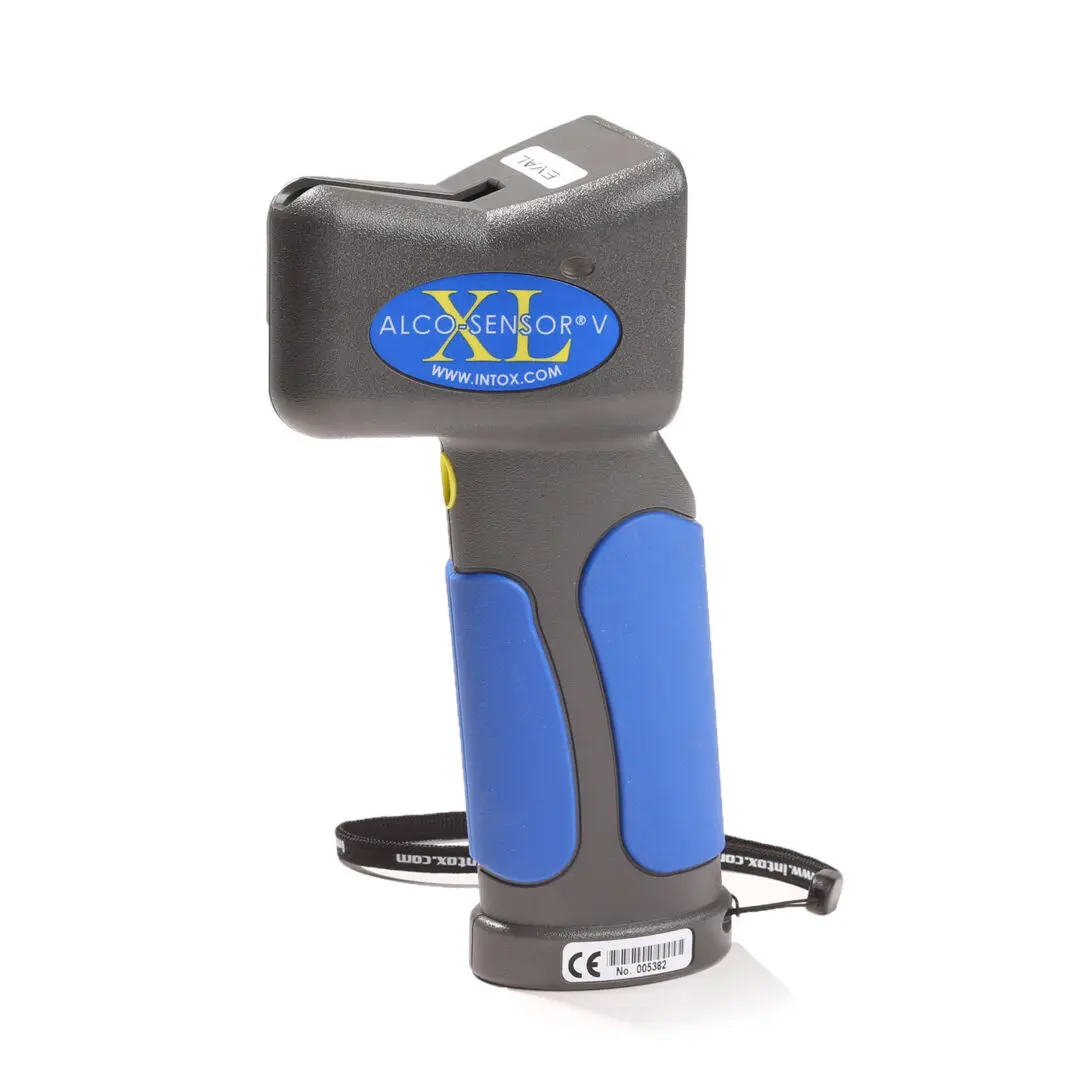ORANGE COUNTY'S "BEST" OR "TOP-RATED" DUI DEFENSE LAWYERS RATED BY SUPER LAWYERS, ORANGE COUNTY'S "TOP-RATED" DUI DEFENSE ATTORNEYS
Learn More About Orange County DUI Breath Testing Defenses

Conversely, if a breath test is conducted while the breath test subject was in the elimination phase, i.e., no longer absorbing alcohol, then a breath test device will typically under-report a person's true blood alcohol level. Research has shown that a breath test device will typically under-report a person's true blood alcohol level by only 10-to-15% as opposed the substantially higher percentages found in those still in the absorption phase at the time of the breath testing sequence.
The over-and-under-reporting is associated with a person's blood/breath partition ratio at the time the breath test was administered. The lower the blood/breath partition ratio, the higher the over-reporting. Conversely, the higher the blood/breath partition ratio, the greater the under-reporting.
All of this is based on the fact that the device assumed that your blood-to-breath partition ratio is exactly 2100:1. This assumption is made by the device even though some peer-reviewed scientific studies have shown that a person's blood-to-breath partition ratio could be as low as six or eight hundred depending on the time of the breath test subject's last drink and the rate at which he/she metabolizes alcohol. The change in a breath test subject's blood-to-breath partition ratio could cause the device to over-report the breath test subject's true blood alcohol level by nearly sixty-to-eighty percent. That change could mean the difference between being above or below the legal limit.
To learn more about OC DUI Breath Testing and any applicable OC DUI Breath Testing Defenses, contact Peter F. Iocona, Attorney at Law and one of the Orange County DUI Lawyers of The SoCal Law Network to learn more about DUI breath testing defenses in Orange County.
Orange County DUI Attorneys Providing DUI Defense in Orange County - Laguna Hills, Laguna Beach, Orange
CALL NOW!
FREE CONSULTATION: (949) 235-2250



